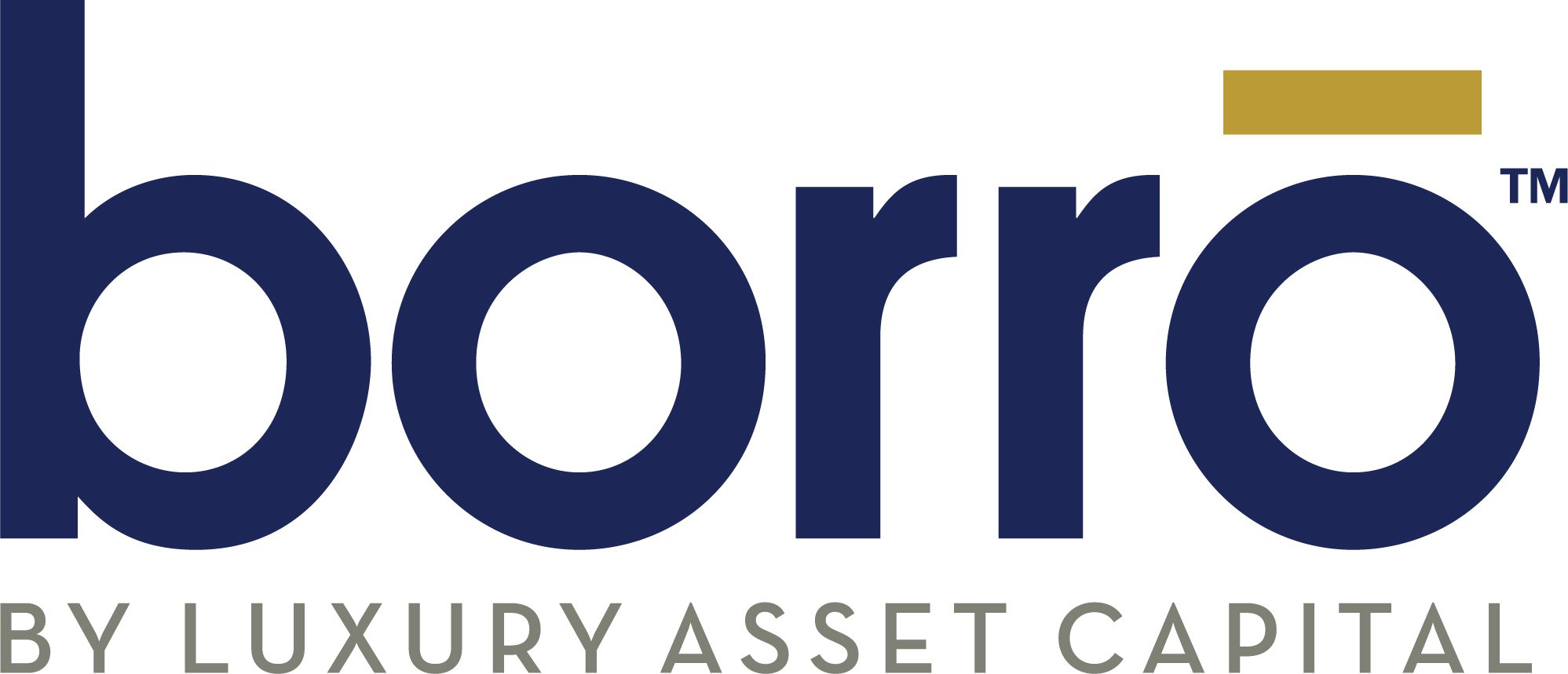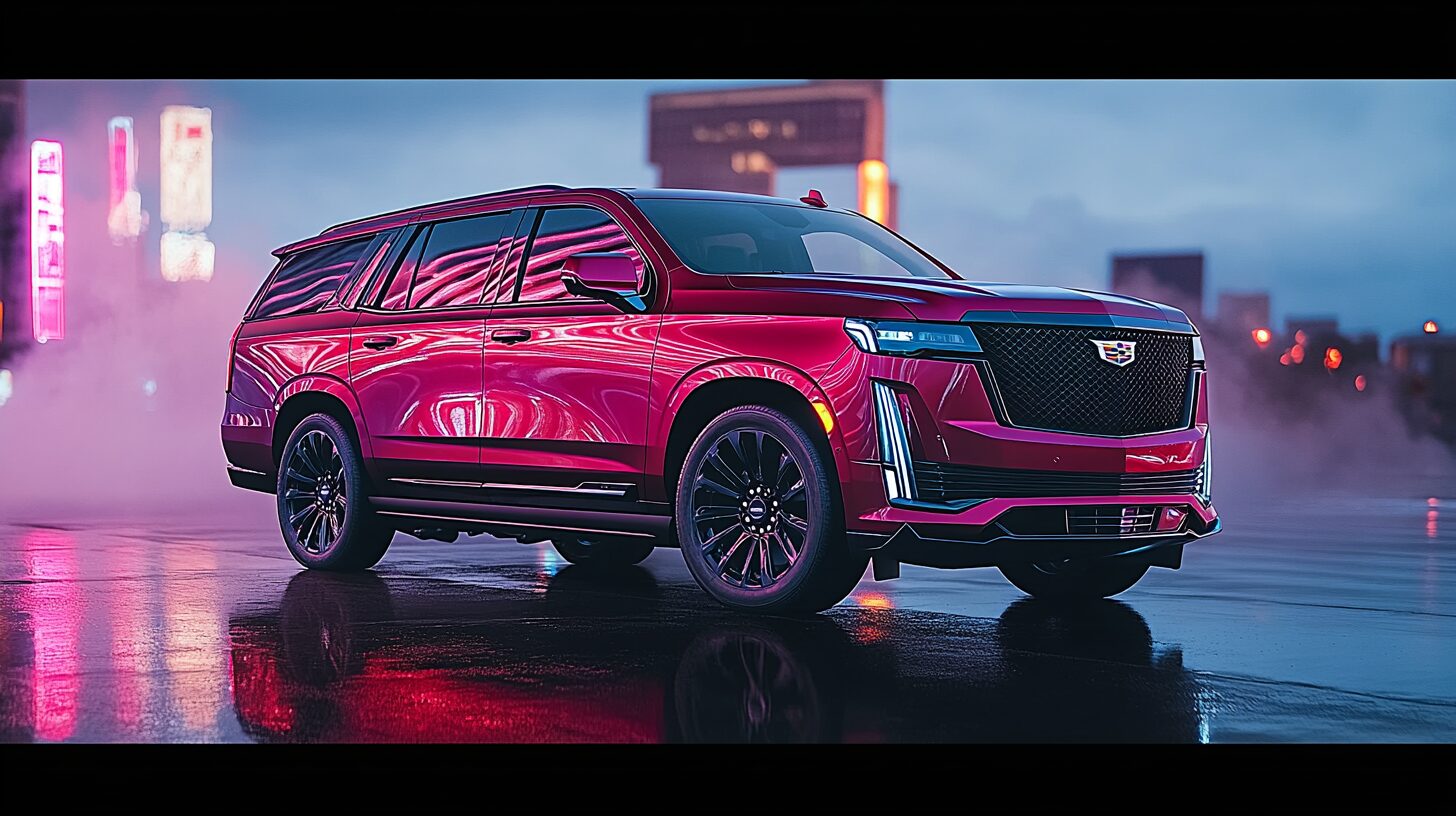The definition of luxury has evolved over time, and luxury brands have had to adapt to changing consumer demands and societal values. From the rise of mass luxury brands to the importance of sustainability and ethical production, and the rise of experiential luxury, luxury brands have had to find new ways to appeal to their customers. As we move forward, it will be interesting to see how luxury brands continue to evolve and adapt to changing consumer preferences.
The Rise of Experiential Luxury
In recent years, luxury brands have faced increasing pressure to be more sustainable and ethical in their production methods. Consumers are becoming more aware of the impact that their purchasing decisions have on the environment and society, and they expect the brands they support to share their values. Many luxury brands have responded to this demand by implementing sustainable practices and using eco-friendly materials. For example, Stella McCartney is known for her commitment to sustainability and ethical production, using materials like organic cotton and recycled polyester in her designs.
The Importance of Sustainability and Ethical Production
In the mid-20th century, luxury brands were only accessible to a select few. They were exclusive and expensive, and only the rich and famous could afford them. However, in the 1980s and 1990s, luxury brands began to expand their reach by introducing more affordable products. This led to the rise of mass luxury brands like Michael Kors, Coach, and Burberry. These brands offered products that were still considered luxurious, but at a more accessible price point. This shift in the luxury market allowed these brands to reach a wider audience and increase their profits.
The Early Years of Michael Kors
Michael Kors was born in Long Island, New York in 1959. He showed a keen interest in fashion from a young age, and he started designing clothes at the age of 19. Kors attended the Fashion Institute of Technology in New York City, but he dropped out after only two semesters to pursue his career in fashion.
The Start of the Michael Kors Brand
In 1981, Michael Kors launched his eponymous brand with a collection of luxury sportswear for women. The collection was an instant success, and it established Kors as a rising star in the fashion industry. Over the years, Michael Kors expanded his brand to include clothing and accessories for men and women, as well as a line of fragrances and beauty products.
The Rise to Fame
In the early 2000s, Michael Kors became a household name thanks to his appearances as a judge on the hit reality TV show Project Runway. His witty commentary and sharp fashion sense made him a fan favorite, and his popularity skyrocketed. Kors also received numerous awards for his contributions to the fashion industry, including the CFDA Womenswear Designer of the Year award in 1999 and 2003.
The Michael Kors Brand Today
Today, the Michael Kors brand is a global fashion powerhouse with stores in over 100 countries. The brand is known for its classic, timeless designs that are both elegant and practical. Michael Kors’ designs are favored by celebrities and fashionistas alike, and his brand has become a symbol of luxury and high fashion.
The Early Years of Coach
Coach was founded in 1941 by a group of artisans who had honed their leatherworking skills in the glove-making factories of New York City. The brand’s original name was the Gail Manufacturing Company, and its products were primarily wallets and billfolds. The company’s first retail store opened in Manhattan in 1950, and by the 1960s, Coach had become a well-known brand in the United States.
The Bonnie Cashin Era
In 1961, Coach hired designer Bonnie Cashin to create a new line of handbags and accessories. Cashin brought a fresh perspective to the brand, introducing new materials like suede and bright colors like pink and turquoise. She also created the iconic Coach turnlock closure, which has become a signature feature of the brand’s handbags. Cashin’s designs were a hit, and they helped to establish Coach as a fashion brand in addition to a leather goods manufacturer.
The Lew Frankfort Years
In 1979, Lew Frankfort was hired as the brand’s new president and CEO. Frankfort had a background in marketing and advertising, and he saw the potential for Coach to become a global brand. Under his leadership, Coach began to expand its product offerings beyond leather goods, adding clothing, eyewear, and fragrances to its lineup. Frankfort also oversaw the brand’s expansion into international markets, opening stores in Asia, Europe, and the Middle East.
The Coach Revival
In the 1990s and early 2000s, Coach faced increased competition from other luxury brands like Louis Vuitton and Gucci. The brand’s sales began to decline, and many industry experts predicted that Coach would fade away into obscurity. However, in 2000, the company hired designer Reed Krakoff to revamp its product offerings. Krakoff introduced a new line of handbags that combined classic Coach elements like the turnlock closure with modern designs and materials. The new bags were an instant success, and they helped to revive Coach’s brand image.
The Stuart Vevers Era
In 2013, Stuart Vevers was hired as Coach’s new creative director. Vevers brought a fresh perspective to the brand, introducing new materials like shearling and denim and collaborating with artists like Gary Baseman and Keith Haring on limited-edition collections. Vevers also oversaw the brand’s expansion into new markets, including the launch of a line of men’s clothing and accessories. Under Vevers’ leadership, Coach has continued to grow and evolve, becoming a symbol of American style and craftsmanship.
The Early Years of Burberry
Burberry was founded in 1856 by Thomas Burberry, a 21-year-old draper’s apprentice. The company started out as a small outfitter’s shop in Basingstoke, England, and it quickly gained a reputation for producing high-quality outdoor clothing. In 1879, Burberry invented gabardine, a water-resistant fabric that was perfect for outdoor wear. This fabric became the foundation of the Burberry brand and was used to create the iconic trench coat.
The Trench Coat
The Burberry trench coat was first introduced in the early 1900s for use by British soldiers during World War I. The coat was designed to protect soldiers from the rain and wind, and it quickly became a staple of British military wear. After the war, the trench coat became popular with civilians, and it has remained a fashion icon ever since. Today, the Burberry trench coat is a symbol of British style and elegance, worn by celebrities, fashionistas, and royalty around the globe.
The Check Pattern
In 1924, the Burberry check pattern was introduced. The pattern features a camel-colored background with black, white, and red stripes, and it quickly became a trademark of the Burberry brand. The check pattern was used on everything from umbrellas to bags to clothing, and it became a symbol of British luxury and style.
The 1960s and Beyond
In the 1960s, Burberry underwent a transformation. The company began to focus on a younger, more fashion-forward audience, introducing new designs and updating its classic pieces. The brand’s popularity soared, and it became a favorite of the British fashion industry. In the 1980s and 1990s, Burberry continued to expand its offerings, adding fragrances, accessories, and even a children’s line.
The Digital Age
In the early 2000s, Burberry faced a challenge. The brand had become associated with chav culture in the UK, and its popularity was waning. But under the leadership of CEO Angela Ahrendts and creative director Christopher Bailey, Burberry underwent a digital transformation. The brand became one of the first luxury fashion brands to embrace social media, launching its own social media platform, Art of the Trench, in 2009. In 2010, Burberry became the first brand to live-stream its runway show, and it has continued to innovate in the digital space ever since.
The Future of Burberry
Today, Burberry is a global luxury brand with stores in over 50 countries. The brand is known for its classic designs, high-quality materials, and commitment to sustainability and ethical production. Burberry has pledged to become carbon neutral by 2022 and to stop burning unsold products, a practice that was revealed in 2018. The brand has also launched a line of sustainable products made from recycled materials.
The Rise of Mass Luxury Brands
Luxury brands have always been a symbol of status and wealth, but the definition of luxury has changed over time. In the past, luxury was associated with exclusivity and high prices, but now it’s more about craftsmanship, sustainability, and ethical production. In this blog post, we’ll explore the evolution of luxury brands and how they have adapted to changing consumer demands and societal values.
Conclusion
Luxury brands have had to adapt to changing consumer demands and societal values over time. From the rise of mass luxury brands to the importance of sustainability and ethical production, and the rise of experiential luxury, luxury brands have had to find new ways to appeal to their customers. While the definition of luxury may continue to evolve, one thing is certain – luxury brands will continue to strive to meet the needs and desires of their customers, while also staying true to their brand values and identity.





